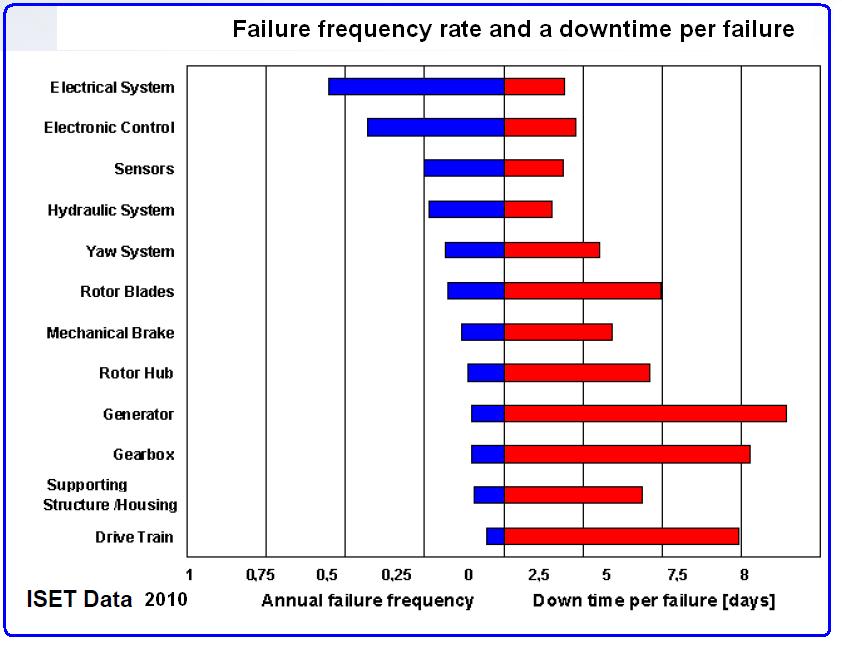The Blade Reliability Collaborative (BRC) has focused recently on inspection methods to find flaws and damage in blades, and the effect of those defects on structural and aerodynamic performance. Additionally, the project has started a new effort looking at repair methods.
Researchers at Sandia have completed design and manufacturing of non-destructive inspection (NDI) test panels which will be tested by personnel from blade and inspection equipment manufacturers, along with blade service technicians. The inspection panels were designed with input and review from industry, and feature a multitude of types and sizes of flaws. Formal invitations to participate in this study will be sent out within the next month. When complete, the project will give a clear picture of the ability of NDI equipment and methods to find problems in blades.

Sandia staff, along with researchers from Texas A&M and the University of California at Davis are also nearing completion of an experimental and computational effort to study the effects of leading edge erosion on the aerodynamic performance of blades. The work included several rounds of wind tunnel testing of airfoils with erosion and model development and validation. Several papers have been produced from this work, with the latest showing very good correlation between the models of erosion and the experimental results. The major outcome of this research has been that leading edge erosion has, in many cases, a more severe effect on aerodynamic performance than what is assumed during the design process. It is estimated that this can lead to energy losses of 5% for modern turbines.
Finally, staff from Sandia and Montana State University have begun to study repair methods for wind blade composites. While the topic of repairs to composite laminates is not new, the issue as it relates to wind blades is important to look at as blades are often repaired in adverse conditions and are not subject to the same standards as industries like aerospace. A recent Master’s thesis looks at the adequacy of scarf repairs through mechanical testing and finite element modeling. Additionally, the report describes a survey of the wind blade repair industry as well as an examination of relevant standards. The thesis finds scarf repairs to be adequate for lightly loaded regions of blades, albeit overly-conservative when designed to standards. The study also finds that scarf repairs can result worse performance than the flawed structure when applied to highly loaded areas of the blade.
Josh Paquette, (505) 844-7766.
Sandia
sandia.gov
Filed Under: Blades, News




